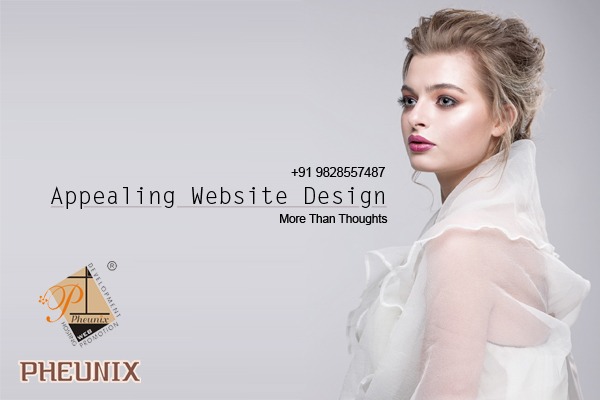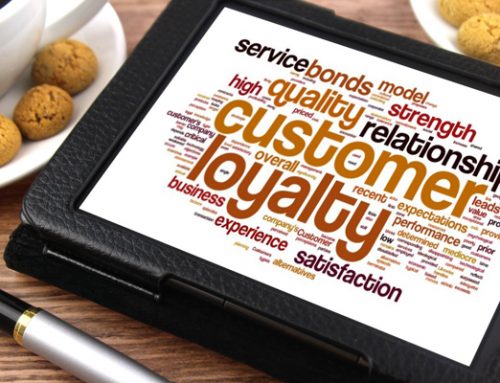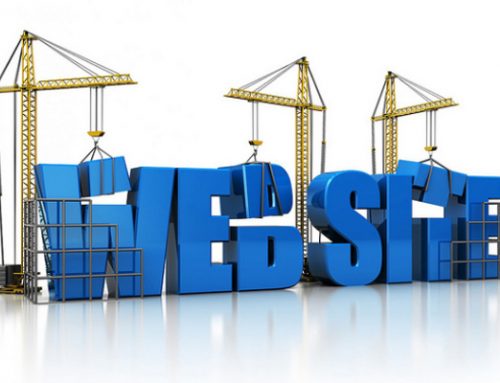Great web design is a concept that has become indispensable over the last decade. We all want a website and we want that website to meet the most popular design standards out there.
In this article, we are going to read about appealing website design. It is all about visual design, graphic design, interaction design, interface design, user experience (UX) design. To reach the attention and interest of visitors to the website, thanks to an attractive visual appearance and good ergonomics. This is essential to make them want to stay on your site.
1. Consumer Feedback
Customer feedback is crucial. What questions do people still have after seen your website and what improvement needed to be more user-friendly? You never want someone to walk away and still not understand what you do. You should always answer the customer’s queries. This will help you to increase your customers and also will increase your success.
2. Video on Homepage
Studies have shown that websites with videos get higher engagement. Have your marketing team created a high-quality video explaining who you are and what you do? A video can explain your video better than any other description written on your website. This is an important point and should be included on your website.
3. Design & Color
The first steps to making a website appealing are the colors you design with. It’s what first catches your eye as you bypass a bus. It’s what makes you pause when flipping through your Facebook feed.
Color catches the eye and provides an instant layer of communication. Even before the conscious mind has started thinking, the subconscious has already assessed if something is interesting or not based on colors. PHEUNIX matches your website color and design according to your business nature.
Your site should not be the focus on what you think you want. It must be customer-first. Make it easy to use:
- Make your menu/site navigation prominent, and simple.
- Keep your content distinct from other elements, and easy to read.
- Make your buttons stand out. They’re where the action happens.
- Decide what is most important on any page, and then give it prominence. Don’t give everything the same attention.
- Don’t put too much on the same page/screen. The more you include, the more you split your visitor’s attention.
4. Pictures & Graphics
Good photography brings instant visual appeal, class, and quality. It’s still unusual today for a website to have well composed and well-lit photos of teams and their offices. This is the easiest step to one-up your competition, and help build trust with your visitors.
Take the time to avoid ‘stock art’ material, and with a little effort up front, you and your iPhone could help your website close the gap between you and your visitor.
5. Usability
Keep things easy to understand, and conventional. Don’t get cute with names, like ‘join the Pub’ instead of ‘Blog’, or ‘Main Lobby’ instead of ‘Home’ page.
Make your buttons distinct, your menu should be clear and simple. Your page layout focused on what’s most important, and a clear attention to readability.
If anything on here helped you, drop a link below to your reworked website! We can keep the feedback going, and increase your visitor conversions.
6. Consistency
Consistency is often forgotten. Especially by particularly creative people. Consistent design allows the user to focus on the message.
An inconsistent layout means that every page forces the visitor to stop, relearn the language, and then get back to absorbing what’s important.
But what if you aren’t yet convinced that it’s important to you?
We see sites like this all the time; they’re crammed with ads and content, and each page is laid out. A visitor takes one look, within 7 seconds decides that it’s going to take too much effort, and leaves to find a website that’s easier to absorb.
First of all, decide your three tiers of importance: primary importance, secondary importance, and then deeper detail.
Your headlines and the above-the-fold area should convey the content with primary importance. Then look at the rest of your page, and structure it so that someone scanning it gets a clear sense of what’s there to consume.
- All your quotes might have a solid color background. Do that everywhere.
- All your headings might be a certain size and color. Keep it consistent.
- Your images might look good gray-scale. Make a brand choice, and then stick with it everywhere.
Your visitor can trust that your service is as coherent and well constructed as your website.
Once you’ve set up a ‘language’ for how to interpret your brand’s elements (text, photos, quotes, etc), use that layout everywhere.
Being consistent with your design language. It means your visitors can spend less time trying to understand. What and how you’re saying something, and have more time to absorb.
Conclusion
Creating an attractive website does not necessarily require a significant budget. However, improving your site, if your budget allows it, is a goal that may require expenses. Consider these few tips as a starting point to help you evaluate your existing website. And ways that you can use to improve how you tell the story of your website with attractive visuals. PHEUNIX web design company help you to design your website in your budget.






